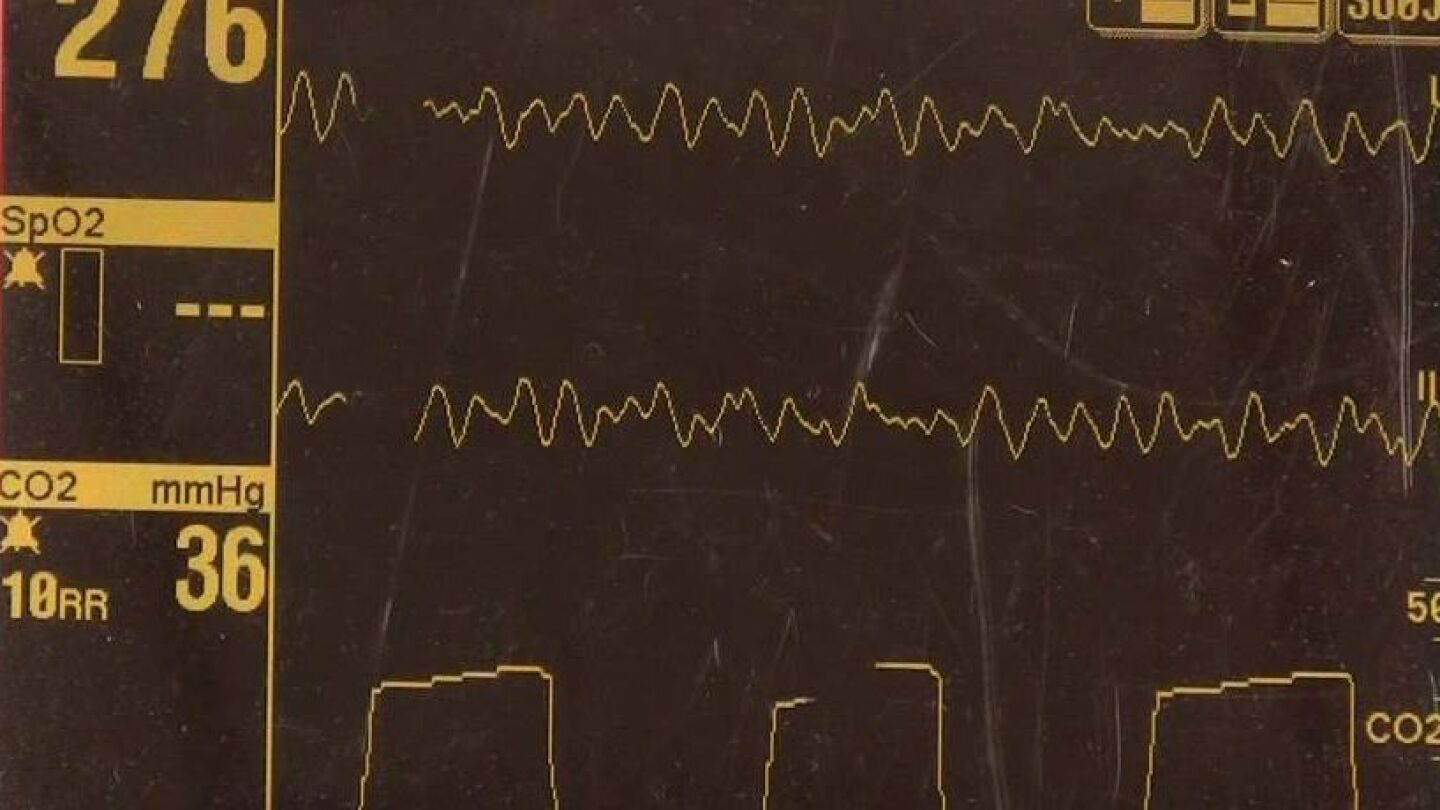Capnography
Discover our directory of articles on Capnography in EMS, designed to equip professionals with the knowledge needed to effectively monitor and interpret end-tidal CO2 levels. This collection covers capnography in various scenarios, including respiratory emergencies, cardiac arrest, and airway management. Understanding capnography is essential for making informed decisions in critical situations. For more insights, explore our resources on Airway Management. Stay informed and improve your patient care with our expert guidance on capnography.
How advanced techniques like delayed-sequence intubation and NIPPV mitigate adverse outcomes in physiologically difficult airways
Are those historical skills a blessing or a curse?
In a deep dive into NEMSQA’s 2024 report, Dr. Jarvis discusses critical airway safety measures and how EMS providers can leverage data, protocols and collaboration to achieve safer, more effective care
NEMSQA: The data shows the industry can do better
Communicating with law enforcement and following these clinical guidelines will help to keep patient safety first and foremost
Are you over-ventilating your patients? Probably, says Kelly Grayson
You are on scene with a patient who has suffered significant facial trauma; what are some strategies to improve your ability to manage his airway?
From budget-friendly picks to the top-tier, find the right stethoscope for your needs
Learn about two of the most common NMBAs used in EMS and how each impact intubation decisions during advanced airway management
Exploring a new application for capnography in the prehospital setting
ETI has been the primary method to help patients breathe; however, in the last decade, there’s been a significant shift toward using SGA, especially for cardiac arrest patients
Learn what the guidelines say about titration, selecting a sedation agent and monitoring sedation
We are limited on the amount of objective information available during prehospital care; don’t ignore this vital piece of the puzzle
Anxiety and emotion can spiral into respiratory compromise that is self-reinforcing, frightening and an EMS-treatable emergency
Understand the role of pulse oximetry and waveform capnography to assess and treat patients who are hyperventilating
Fluid, dosing and airway considerations to prevent RV ischemia
Props and tricks can add creativity into your next airway management adventure during simulation or on the job
Understand how respiratory monitoring devices can be used to guide treatment during and after seizures
An initial visual assessment can identify threats to you and your patient before you narrow down a differential diagnosis
Understand how monitoring end-tidal carbon dioxide helps assess and treat a patient in respiratory distress
Download this EMS1 capnography equipment buying guide to learn key steps for product selection, purchasing and implementation
For both intubated and non-intubated patients, capnography can provide a wealth of information about vital signs
Waveform capnography provides real-time feedback that BLS providers can use to make treatment decisions and improve care
The use of waveform capnography as a monitoring and diagnostic tool extends far beyond airway management and cardiac arrest
Application of an EtCO2 sampling device and waveform monitoring, especially during bag-valve mask ventilation, is well within the capability of EMTs
Understand the importance of monitoring end-tidal carbon dioxide and the valuable information it provides for patient assessment and treatment
Going back to the basics ensures a smooth EtCO2 reading and creates a calming environment for both the patient and provider
Critical insights on the safe administration of ketamine, versed, lorazepam, ativan and haloperidol
Exploring physical, chemical and alternate restraint considerations in agitated patients































